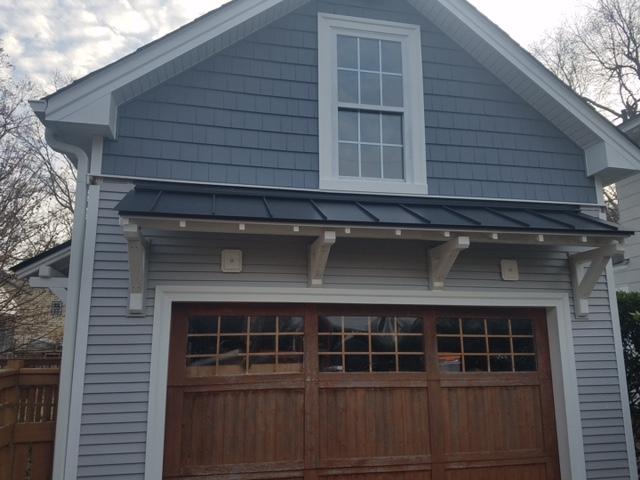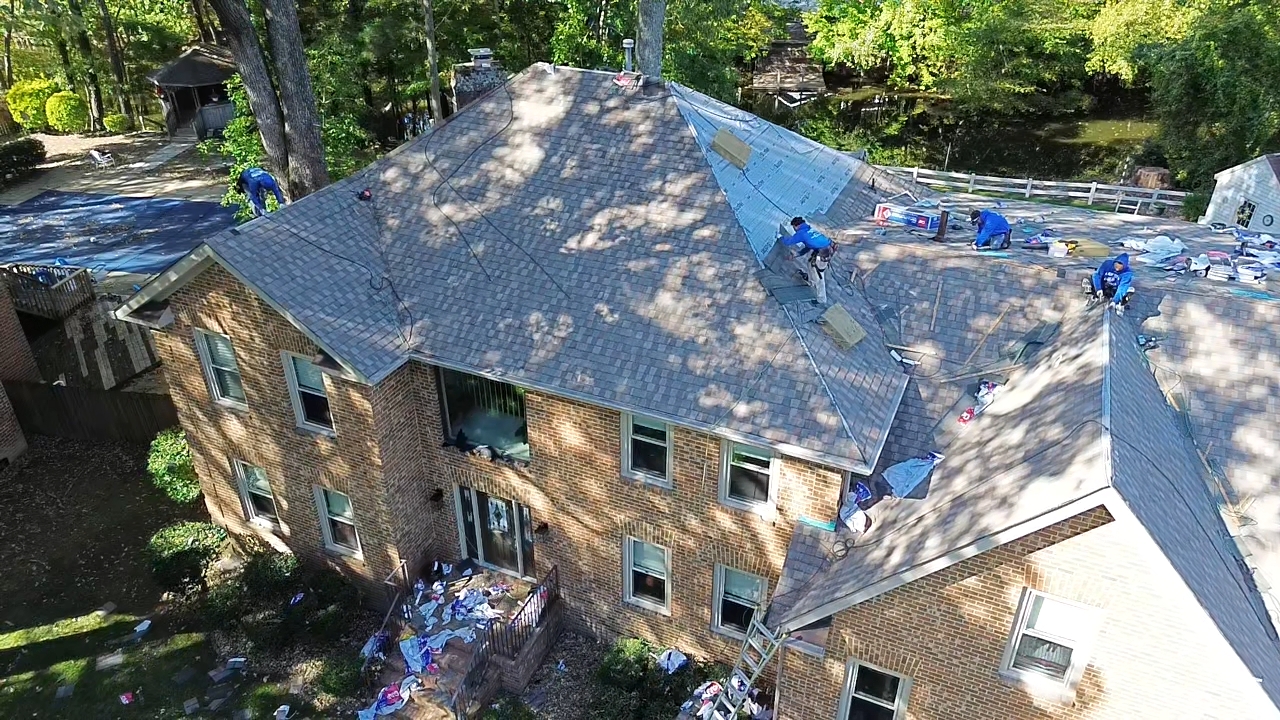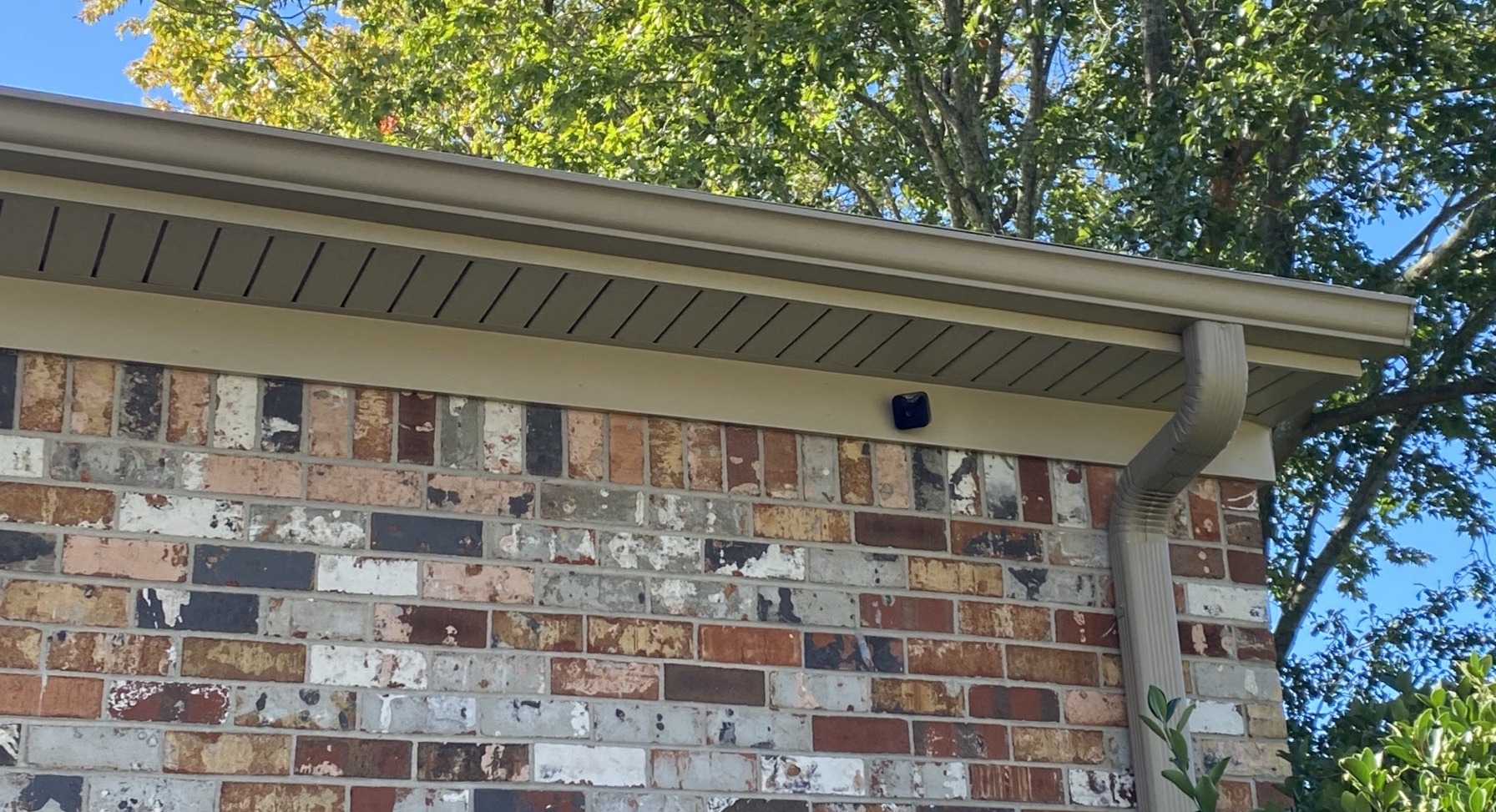Flashing failure: the silent roof issue that leads to major leaks
Use our quick contact form to get in touch with our team. We will respond shortly.

When it comes to roof maintenance, shingles get all the attention—but flashing plays a critical behind-the-scenes role. Flashing is the thin metal material (usually aluminum or galvanized steel) installed at vulnerable points like chimneys, vents, skylights, and roof valleys to divert water away. If flashing fails, water gets in. And when that happens, repairs can be expensive and extensive.
As a trusted roofing contractor in Chesapeake, WT Anderson has seen firsthand how neglected flashing causes major headaches for homeowners. In this post, we’ll break down what flashing is, why it fails, and how you can prevent silent leaks from becoming structural nightmares.
What is roof flashing and where is it found?
Flashing is used anywhere your roof meets a wall or slope where water could collect. Common flashing locations include:
- Around chimneys
- At the base of skylights
- Where dormers meet the roof
- Roof valleys
- Vent pipes and exhaust fans
Flashing directs water away from these areas and into the gutters. When installed correctly, it creates a waterproof seal that protects your home.
Why does flashing fail?
There are several reasons why roof flashing can fail over time:
1. Improper installation
If flashing wasn’t installed properly in the first place—too short, the wrong material, or gaps between layers—it will inevitably leak. Sadly, this is more common than you’d think.
2. Weather exposure
Flashing in Chesapeake endures salty air, high winds, rain, and fluctuating temperatures. This exposure causes rust, corrosion, and sealant breakdown.
3. Aging roofing systems
As the roof ages, shifting materials and settling homes can loosen flashing or crack the surrounding sealant.
4. Poor roof maintenance
Leaves, moss, and debris can trap moisture against flashing, speeding up deterioration. Neglecting seasonal upkeep allows damage to go unnoticed.
Signs your flashing might be failing
The tricky part about flashing failure is that it’s often hidden until serious damage has already occurred. Here are red flags to watch for:
- Water stains on ceilings or walls
- Visible rust or cracks around chimneys or vents
- Debris buildup near roof valleys
- Missing or lifted shingles near flashing zones
- Mold or musty odors in the attic
If you see these signs, schedule a free on-site roof evaluation with a qualified roofing contractor in Chesapeake to assess the damage.
How to prevent flashing-related roof leaks
The best defense is proactive inspection and routine maintenance. Here’s what we recommend:
- Inspect your roof twice a year (spring and fall) or after any major storm
- Keep your roof clear of leaves and debris
- Ensure your attic has proper ventilation to prevent moisture buildup
- Hire a professional roofer to inspect flashing during routine maintenance
Bonus tip: If you’re replacing your roof, ask your contractor to upgrade your flashing with corrosion-resistant materials like copper or stainless steel for added durability.
The cost of ignoring flashing issues
While flashing replacement is relatively affordable, water damage repair is not. Failing to address flashing leaks can lead to:
- Rotten roof decking and framing
- Interior drywall damage
- Mold remediation expenses
- Decreased home value or failed inspections
It’s far less expensive—and stressful—to catch flashing problems early.
Why trust WT Anderson with your roof flashing repairs?
At WT Anderson, we’ve helped thousands of Chesapeake homeowners detect and repair flashing issues before they became major problems. Our experienced crews know what to look for and use high-quality materials designed for coastal Virginia’s tough climate.
Explore our roof repair services
Sources:
- Owens Corning
- Energy Star





